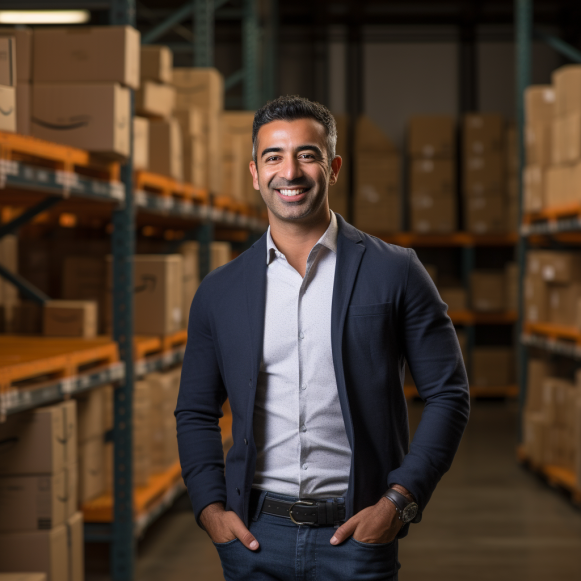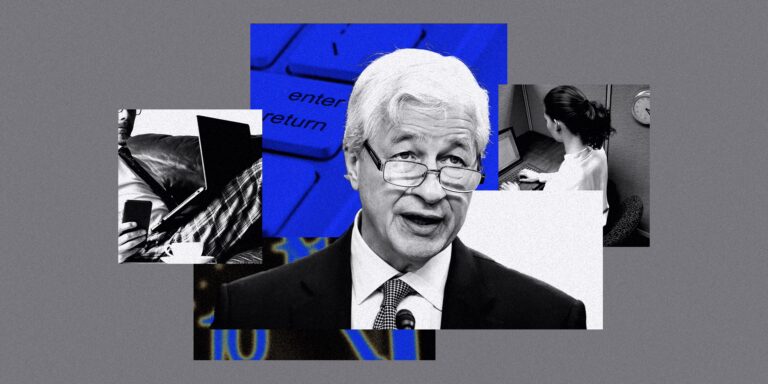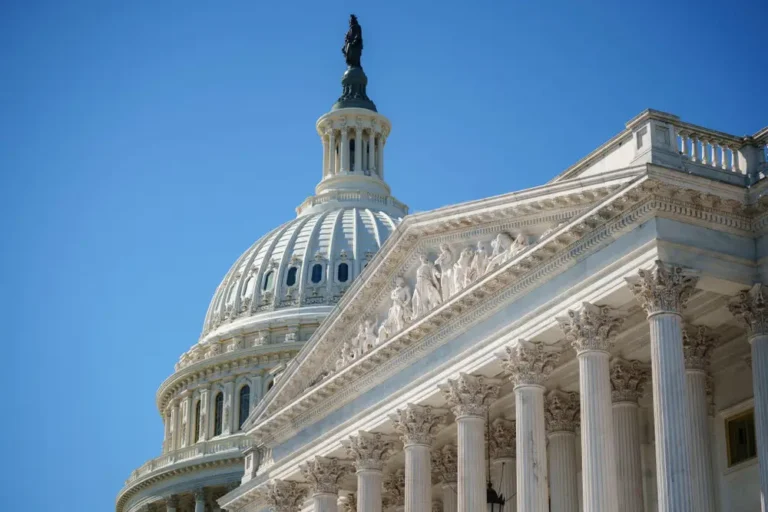A financially independent 24-year-old who has built multiple businesses around Amazon explains the 3 different tiers of selling there — including the low-cost strategy anyone can use to start making money online

- Jatin Naran tried a handful of side hustles before he actually started making money doing Amazon FBA.
- Today, he earns money selling products on Amazon but also from brand deals and YouTube ads.
- There are three ways to sell on Amazon, he explains: arbitrage, wholesale, and private label.
Jatin Naran’s savings were depleted after he tried everything from drop-shipping to forex trading.
“I was 20 and 4,000 pounds in debt,” the London-based entrepreneur said of his nearly $5,000 debt. He took out a loan to cover his living expenses and returned to his previous job in IT, which he had left to pursue entrepreneurship. He was also finishing his computer science degree at the time.
A few months later, the Covid pandemic brought everyone to a halt. Naran’s job and classes became more remote, giving him more time during the day to experiment with side hustles. That’s when he decided to give Amazon a shot.
He plans to launch his first product at the end of 2020. He’s spent nearly three years documenting his Amazon journey on social media, including costly mistakes and big wins, and has amassed a following of over one million TikTok users and over 200,000 YouTube subscribers.
He now considers himself financially independent at the age of 24 as a result of his various income streams based on Amazon. He makes money by selling products on Amazon, brand deals, affiliate links, and YouTube ads, as well as through his coaching program. He also recently launched Sourcio, a software designed to assist Amazon sellers in finding profitable products. Insider examined screenshots of Naran’s accounts, which detailed his six-figure earnings over the last few years.
When it comes to selling on Amazon, Naran explained that there are three options, each with different costs and time commitments: “You can start with ‘arbitrage’ with a few hundred [dollars], then you can move to Amazon wholesale, which is buying in bulk, and then you can move to Amazon private label.”
1. Arbitration
Retail arbitrage, which is when you source products from different marketplaces to sell, is the most basic and low-cost way to start selling on Amazon. To be profitable, you must purchase the product at a lower price than it sells on Amazon. You keep the difference after reselling it.
Naran recommends going to local shops or supermarkets and checking out the sale aisle: “Check to see if those products are selling for a higher price on Amazon.” If they are, simply purchase and list them.” He also suggested that you look through the sale section of online marketplaces.
This is an excellent way to learn the fundamentals of Amazon selling. It’s hands-on — listing a product and fulfilling orders takes you a step beyond reading and learning about the process — but low-cost and low-risk. To get started, you only need a few units.
2. Distribution
The next tier is wholesaling, which is when you buy in bulk and resell it on Amazon. This is how Naran began.
You’re not creating your own product like in arbitrage; you’re simply reselling an existing product, but you’re spending more money upfront on inventory.
“It’s a bigger investment — $1,000 to $1,500 — but this way you don’t have to constantly look for different products,” Naran said.
Product selection is relatively simple in wholesaling: you simply need to find products that sell extremely well.
When he was solely focused on wholesale, the products he purchased and resold “would be all over the place,” he explained. “Tissues and liquids.” You don’t have to focus on a specific category as long as it sells and can be obtained at a lower cost. That is why it is ideal for a newcomer to the Amazon world: you do not need to be an expert. You can learn how to find a product that sells extremely well, source it, sell it, and then repeat the process.”
The difficult part is locating a supplier who will sell you the product at a price that allows you to make a profit.
“The best way to find a profitable supplier is to approach brands directly,” he said. “For example, suppose I want to sell Vaseline. I would contact Vaseline and open a trading account with them. This eliminates the wholesaler as a middleman.”
Going direct to the brand allows Naran to get “the cheapest possible price,” he claims. Furthermore, if you establish a relationship with the brand, there is room for negotiation later on. “Later, we’ll inform the brand that ‘you’re currently selling the product at one pound per unit, and we’re buying 100 units per month.'” Can you give us a discount if we buy 1,000 units?’ And they usually drop it, which can increase our margins by 5% or 10%, which is a significant increase.”
You’ll also avoid a mistake Naran made early on by going through the brand: listing a private label product.
“I ordered my first product from Alibaba, which you’re not supposed to do,” he says, “and I sent that product off to Amazon under a listing thinking it was a wholesale product that you’re allowed to sell.” When it got to Amazon, I made about nine sales in the first hour and thought to myself, ‘Holy crap, I’m going to be the next billionaire!’ Then, within an hour, I received an IP notice from the seller stating that I am not permitted to sell on this listing because they own the brand.”
He lost approximately 500 pounds ($606) that he had spent on inventory that he was not permitted to sell.
Look for a “buy box” that shows other sellers on the listing page to ensure the product isn’t a private label product. If there are no multiple sellers, “it’s most likely a private label product,” according to Naran.
3. Private labeling
The third tier, launching a private label brand, is the most time-consuming and expensive, but it also has the most potential. It entails developing a product, sourcing it from a site like Alibaba, and establishing your own brand.
In June 2023, Naran launched a private label brand.
“The upfront investment is really high,” he said, adding that if you go this route, you should expect to spend at least $5,000. However, it can be more profitable, he added: “Plus, you’re building a brand that you can actually sell.” Whereas with wholesale, you simply buy branded items and resell them. It’s not your item.”
It also requires more time because there is a steeper learning curve. To be successful, you must understand things like keyword research and ad placement.
“There is so much to learn that it can be overwhelming,” Naran went on to say. “I would recommend starting with wholesale, learning how the basics work — finding a product, sending a product to Amazon, getting sales — and once you know that, you can move into private label.”






